38 when nutrition labels lie
FDA Nutrition Label Update: How to Read the New Food Label | U.S. News The FDA updated the Nutrition Facts label requirements in 2016, and food manufacturers began implementing the requirements in 2020 and 2021. The majority of Americans use the Nutrition... When Nutrition Labels Lie - Yahoo! Unfortunately, Nutrition Facts labels are not always factual. For starters, the law allows a pretty lax margin of error--up to 20 percent--for the stated value versus actual value of nutrients....
Nutrition Labels Can Lie By 20% — Nick Baker Nutrition Labels Can Lie By 20% Jan 25 Written By Nick Baker Images by Andres Ayrton, Brooke Cagle, and Cesar Carlevarino Aragon Nutrition and wellness have long been an interest and passion of mine. Which is why the first item listed, about nutrition labels on foods, bothers me more than the second item, about workplace culture.

When nutrition labels lie
Why most food labels are wrong about calories Labels provide a number that likely overestimates the calories available in unprocessed foods. Food labels ignore the costs of the digestive process - losses to bacteria and energy spent ... Nutrition Labels Can Lie By 20% - 2madness.com With more companies branding their foods as low-fat, low-carb, or high-protein, it's clear they have a financial incentive to deliberately lie about their products. When you account for the 20% "flexibility" in labels, it means something with 200 calories can legally be labeled as having 160 calories. Calorie Labels Can Be 20% Inaccurate. How to Keep up Your ... - Insider Nutrition labels can be inaccurate by up to 20% when it comes to listing calories, according to the FDA. This can be frustrating, but experts say it probably won't ruin an otherwise healthy diet. Sticking to whole, unprocessed foods can be a helpful strategy to avoid surprise calories in processed foods.
When nutrition labels lie. Can food labels lie? — MyFitnessPal.com Per the nutrition label it says the whole bag is only 630 calories. Well if a carb is 9 cal. per gram and fat and protein are 4 cal. per gram, add it up and according to the label the calorie total should be 819! How accurate are nutrition labels? How frequently are nutrition labels incorrect? In general, a food company's claims must be more than 30% incorrect to fail nutrition content tests. Most items are allowed a 20% deviation from the label under federal law; for example, a product that states it has 200 calories can legally have 240. Can companies lie about ingredients Understanding Food Nutrition Labels | American Heart Association When the Nutrition Facts label says a food contains "0 g" of trans fat, but includes "partially hydrogenated oil" in the ingredient list, it means the food contains some trans fat, but less than 0.5 grams per serving. So, if you eat more than one serving, you could end up eating too much trans fat. nutritionlabelslie - reddit Built bars are actually 148-150 calories. They are allowed to subtract fiber calories, but fiber calories are still absorbed 70% of the time. 0 comments About Community Nutrition labels lie. They can do so legally. Post any labels that you believe are off by a significant amount of calories! 33 Members 2 Online Created Jul 29, 2020 Restricted
9 Sneaky Nutrition Claims Not to Fall for at the Grocery Store 5. 'Vegan'. People following a vegan diet avoid all animal products and by-products, including meat, dairy, eggs and honey. But just like with products labeled organic, people often confuse vegan snacks, baked goods, ice cream and other packaged foods to be healthier than their traditional counterparts, Shapiro says. The Loopholes of Food Labeling | SparkPeople But while food manufacturers can't lie to you about the nutrition and ingredients of their products, they can easily mislead you into thinking something is healthier than it really is. Reading and understanding a nutrition label doesn't require a degree in nutrition, but it does require that you look beyond the fancy claims on the front of ... Food Labels: 5 Harmful Ingredients To Avoid | ThePostGame.com A good rule of thumb when looking for foods is to look at the ingredients list and even if you don't read the actual ingredients, just see how many there are. If there are more than five... how accurate are nutrition labels - Wellness Voice Unfortunately, Nutrition Facts labels are not always factual. For starters, the law allows a pretty lax margin of error—up to 20 percent—for the stated value versus actual value of nutrients. In reality, that means a 100-calorie pack could, theoretically, contain up to 120 calories and still not be violating the law. Can you lie on nutrition facts?
How to Read Food Labels Without Being Tricked - Healthline The product may contain very little whole grains. Check the ingredients list — if whole grains aren't in the first three ingredients, the amount is negligible. Fortified or enriched. This ... When Nutrition Labels Lie - Men's Health When Nutrition Labels Lie Food and beverage makers often employ buzzwords to cash in on nutrition trends, but don't be fooled. They often don't deliver on what the package is pitching. Shop... Our nutrition labels are lying about how many calories foods have Labels provide a number that likely overestimates the calories available in unprocessed foods. Food labels ignore the costs of the digestive process - losses to bacteria and energy spent... The 6 Biggest Food Label Lies | Eat This Not That A single apple has more than 4 grams of fiber. That's about 4 grams more than a 46-ounce bottle of Mott's Medleys Apple and Carrot Juice Blend. The Takeaway: Modest amounts of juice can fit into a healthy diet, but it's no substitute for whole produce. Food Label Lie #4 Simply Natural Cheetos White Cheddar Puffs
Nutrition 911: Misleading Labels | Muscle & Fitness Consumer Reports National Research Center conducted a survey of 1,000 people. The results: 60 percent said they search for a "natural" food label when shopping. Two-thirds of the survey said people believe that "natural" means that a food is made without any artificial ingredients, pesticides, and GMOs.
Food Labels Are LYING To You. Spot These Lies On The Package! - Food Babe In other words, even the ingredient label is lying to you. After they got sued, Crisco changed their packaging to remove the "100%" from the front of the can, but kept the ingredients the same. This just goes to show how far they were willing to go to mislead customers and didn't change until they were caught and sued.
Food Label Lies: How to Sort Truth From Hype | HuffPost Life The term "naturally raised" is a voluntary (read: unregulated) label that means livestock have been raised without antibiotics and growth hormones and have not been fed animal by-products. The benefits: Foods labeled "natural" should not contain synthetic food dyes. Recent studies have linked synthetic food dyes with hyperactivity in ...
Eight Ways Food Labels Lie to You - Veracious Fitness and Gaming I have been reading nutritional labels for over seven years now and the following is a list of the eight most common ways I have seen nutritional labels lie to consumers. 1. It All Starts With The Name Consumers are prone to buying products on a whim and when the product has a healthy sounding name that may be all that is needed to convince you.
Top 7 Food Label Lies: How Food Companies Try to Trick You Into ... Food Label Lie #4: "Contains Whole Grains" First, let's clarify something. If a food label says that the food "contains whole grains," then you can rest assured that the food DOES, in fact, contain whole grains. (It might only be 1% whole grains, but it does have them.)
When Nutrition Labels Lie - news.yahoo.com Unfortunately, Nutrition Facts labels are not always factual. For starters, the law allows a pretty lax margin of error--up to 20 percent--for the stated value versus actual value of nutrients....
Food Nutrition labels that lie!!?? — MyFitnessPal.com Food Nutrition labels that lie!!?? iRun4wine Posts: 5,126. ... I guess (unfortunately) we just have to keep doing what we've been doing- reading nutrition labels and hoping that at least most are fairly accurate. There isn't much we can do about it- that's what frustrates me! 0. mrd232 Posts: 331. September 2009.
How Nutrition Labels Lie About Ingredients & Calories Calorie information can be off by 20% in either direction, so if a nutrition label says that a food contains 300 calories, you can actually get anything from 240 to 360 calories. As frustrating as this sounds, it's often difficult to calculate the exact caloric value of a food, especially when it's highly processed and made of many ingredients.
How to Understand and Use the Nutrition Facts Label | FDA It's important to realize that all the nutrient amounts shown on the label, including the number of calories, refer to the size of the serving. Pay attention to the serving size, especially how ...
Calorie Labels Can Be 20% Inaccurate. How to Keep up Your ... - Insider Nutrition labels can be inaccurate by up to 20% when it comes to listing calories, according to the FDA. This can be frustrating, but experts say it probably won't ruin an otherwise healthy diet. Sticking to whole, unprocessed foods can be a helpful strategy to avoid surprise calories in processed foods.
Nutrition Labels Can Lie By 20% - 2madness.com With more companies branding their foods as low-fat, low-carb, or high-protein, it's clear they have a financial incentive to deliberately lie about their products. When you account for the 20% "flexibility" in labels, it means something with 200 calories can legally be labeled as having 160 calories.
Why most food labels are wrong about calories Labels provide a number that likely overestimates the calories available in unprocessed foods. Food labels ignore the costs of the digestive process - losses to bacteria and energy spent ...
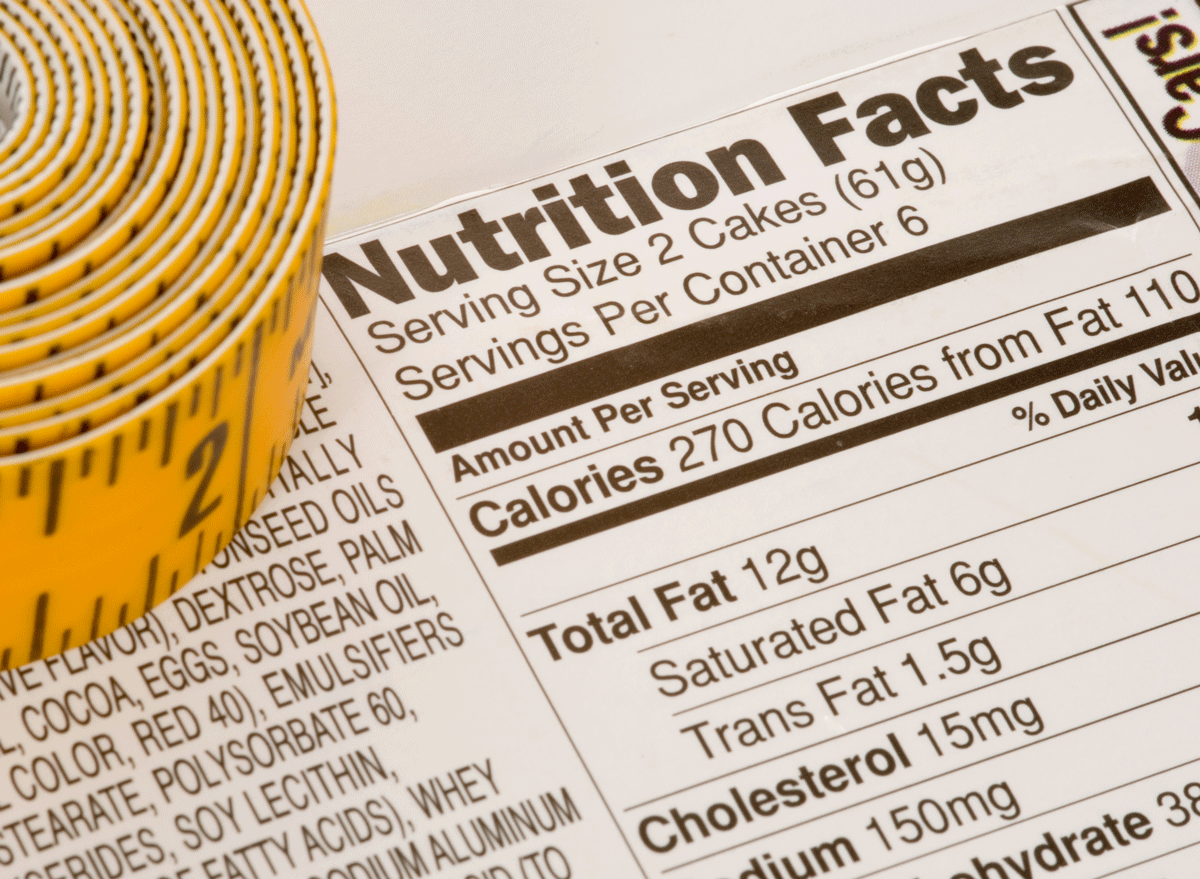



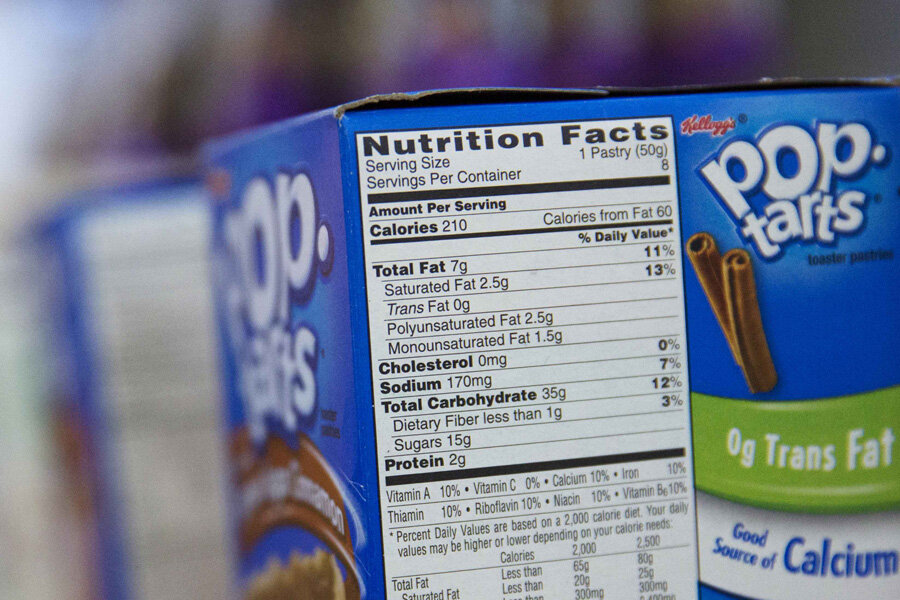



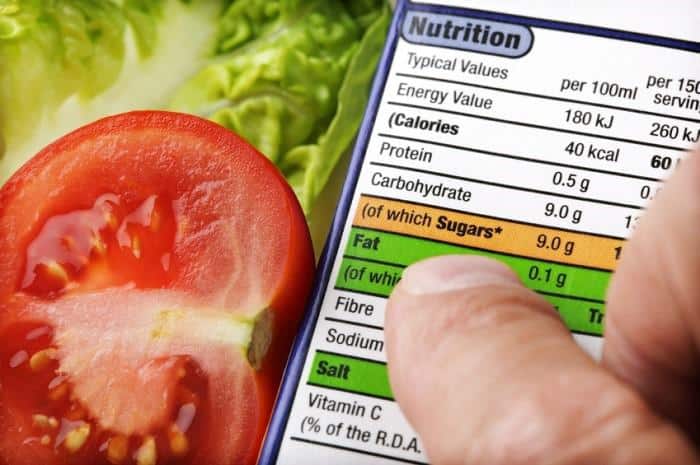

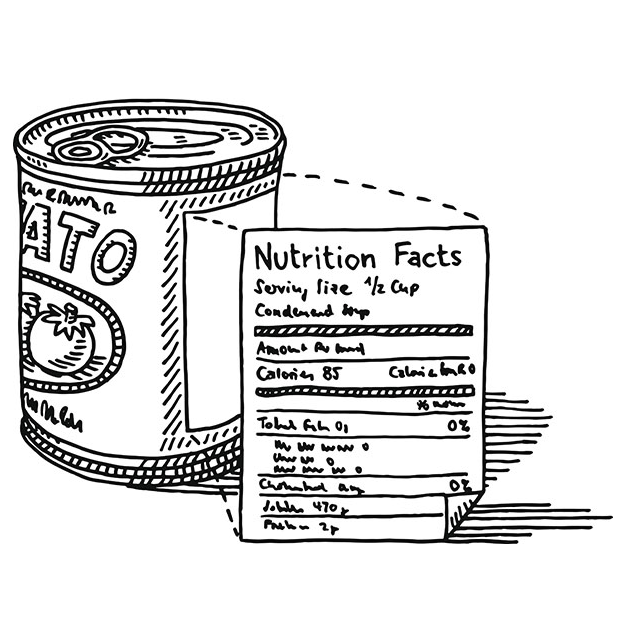



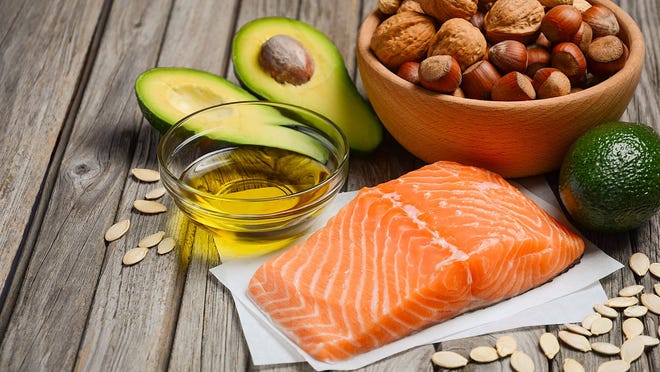


.jpg)


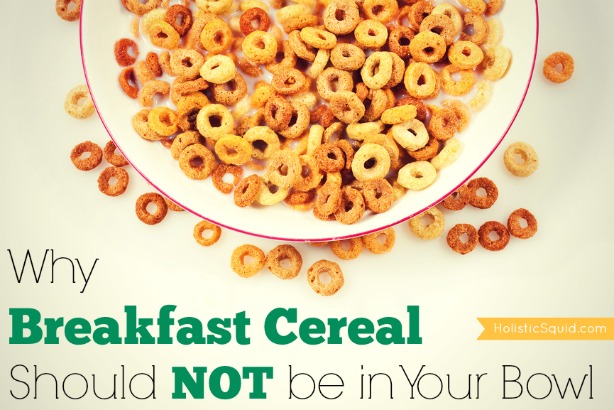




![PDF] Nutrition labels and health claims: the global ...](https://d3i71xaburhd42.cloudfront.net/f8e40d7b317600da54b78934835b7ec21cd9b57d/51-Figure3-1.png)


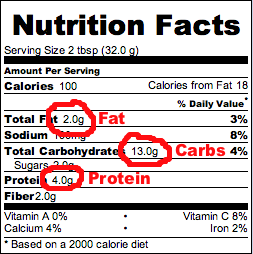
/cdn.vox-cdn.com/uploads/chorus_asset/file/22693769/56517473.jpg)

Post a Comment for "38 when nutrition labels lie"